LUTYEN'S DELHI OR NEW DELHI
Table of Contents
INTRODUCTION
Delhi is the city of many cities, according to facts there are seven medieval cities in Delhi. Finally, British Empire built eight city to govern India from Delhi. The heart of New Delhi, Lutyen’s Delhi, and National Capital of India is located in state of Delhi. This newly built city beautifully planned by “Edward Lutyen and Herbert Baker”. There are many government buildings, luxury bungalows, and monuments of national importance.
Unquestionably, It is so spacious green and perfectly designed. When a tourists enter here in New Delhi after visiting Old Delhi, they loose their mind because of contrast between two cities. Interestingly, it’s wide clean roads with trees, Green space, and luxury bungalows make it more beautiful.
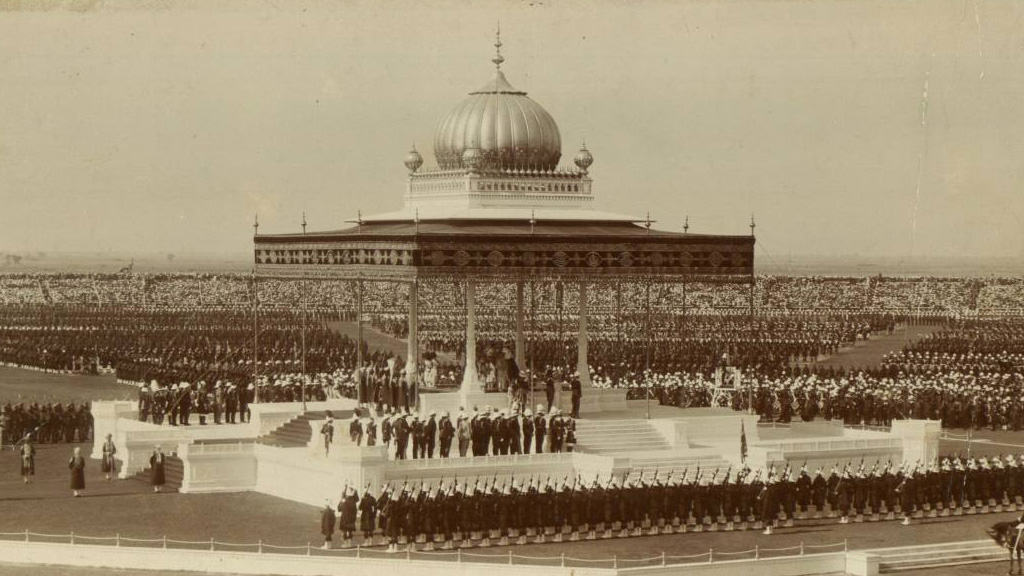
DELHI DURBAR
In 1911 King George V decided to transfer British India capital From Calcutta to New Delhi. They held special “DELHI DURBAR” at Red fort Delhi and announced the transfer of Capital. British Empire chose Edward Lutyen and Herbert Baker to design the city. The most important feature of New Delhi is it’s architecture. The main task for architectures was to give it Indian’s art influence. Finally, they decided to use Indo-saracenic ( Indian with English Gothic) architecture.
Moreover, There are Rashtrapati Bhawan, Prime Minister house, Vice President house, Supreme court of India, India gate, Parliament, Secretariat, Central govt agencies headquarters, Embassies of many countries, Shopping center Connaught Place and Bungalows of members of Parliament.
RASHTRAPATI BHAWAN
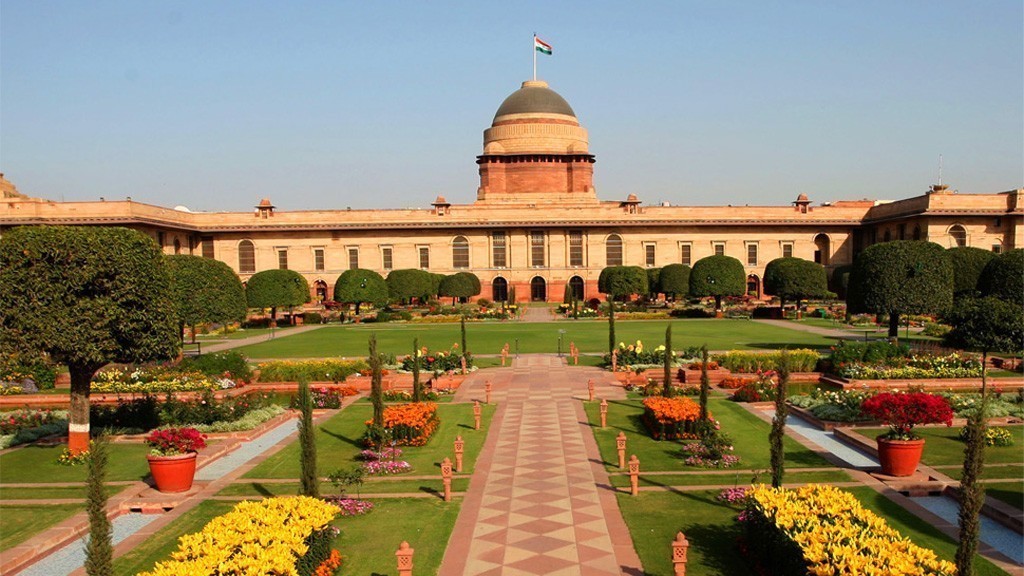
This huge palace was Viceroy’s house before independence. Viceroy was main post for British Empire to govern India. Lord Mountbatten was the last Viceroy of India. After independence, Indian Govt converted it into Rashtrapati Bhawan. Interestingly, they also abolished the post of Viceroy and made the new post “President” of India. Undoubtedly, President of India is head of the government and elected by Parliament of India.
They used sandstone to build this huge structure, Inside there is white marble also. Interestingly, they built this palace on Raisina hill. If i talk about the architecture then, there is one big central dome, many arches and chattris. There is a huge pillar( Jaipur column ) in front of Central dome. Apart from this, there is Mughal garden inside the palace, around 340 rooms, Museum, Residence of bodyguards, Stables, etc.
Moreover, Mughal garden is open for public in the month of February. If you are planning to visit President house you should register here https://rashtrapatisachivalaya.gov.in/. Importantly, without registration you can not visit it.
NORTH AND SOUTH BLOCK
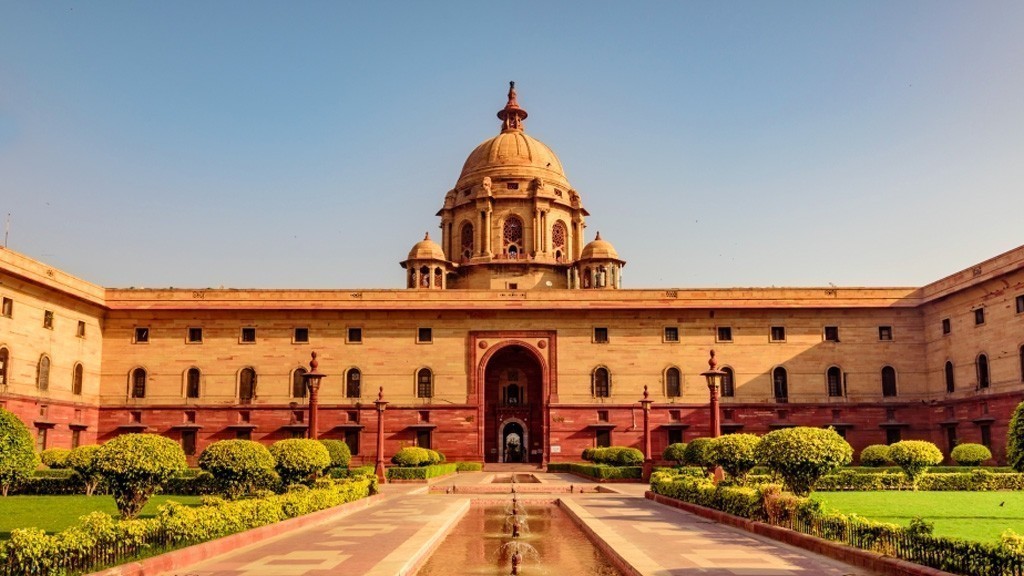
They call it Secretariat buildings, also house of cabinet ministries. They are located on the Raisina hill and divided into two wings North and South. Artists used red and cream sandstone to build these buildings. If i talk about the architecture, Herbert Baker used Indo Saracenic architecture to design them. Interestingly, there are four floors and on every floor there are 1000 rooms. On the top there is one big dome on each building and arches as the entrances. Moreover, there are fountains in front of entrance.
NORTH BLOCK : There are Ministry of Finance, Ministry of Home affairs, Central board of indirect taxes and customs, and Central board of direct taxes.
SOUTH BLOCK : There are Prime Minister office, Ministry of Defense, Ministry of External affairs, Cabinet Secretariat, and National security council.
DOMINION COLUMNS : There are four dominion columns, Two in front of every block. New Zealand, Canada, Australia, South Africa were dominions of British Empire, they gave these columns in 1930.
PARLIAMENT

Sansad Bhawan or Parliament house is located near President house. Initially, Edward Lutyen and Herbert Baker built it as the home of Central Legislative Assembly and Chamber of Princes. Interestingly, the design of Parliament is circular and surrounded by pillars. The material they used is sandstone cream and red.
Moreover, There is central hall surrounded by three other halls. In central hall there are two floors of Rajya Sabha Upper house and Lok Sabha Lower house. in the other three halls here are offices of Ministers and accommodations of members etc. Importantly, the height of building is 21 meters and diameter is 170 meters.
Apart from this, There are 543 members in Lok Sabha, 245 of Rajya Sabha including 12 members of different fields art and science etc. Importantly, the constitution of India was framed in the Central hall.
INDIA GATE

India gate previously known as “All India War memorial” located in New Delhi. When British was constructing New Delhi as their Capital, they also planned to build this huge gate. The reason was, to give respect to the soldiers. Surprisingly, there more more then 80000 soldiers names carved on the gate. Sadly, those troops lost their lives during First world war and Third Anglo Afghan war. Interestingly, there is a message written ( to give respect) below the country name India.
Moreover, the height of the gate is 42 meters and the diameter of the hexagon (whole complex) is 625 meters. There is also a cupola just behind the gate, earlier there was the statue of King George V. They used red and cream sandstone to build it. Apart from this, just below the gate there is a rifle with cap on the top of it, the and a flame. They call it “Amar Jawan Jyoti” came into existence after 1972 Bangladesh war.
NATIONAL WAR MEMORIAL : Recently in 2019 Indian govt built national war memorial in New Delhi. It is located just behind the India gate. The reason was to remember all soldiers, who lost their lives.
NATIONAL MUSEUM
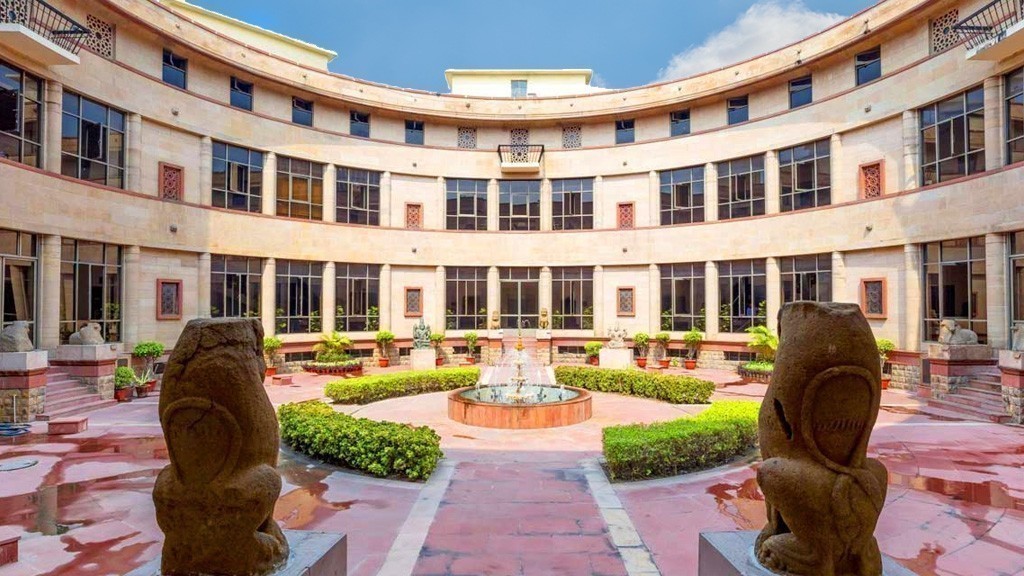
National Museum is located in (Janpath road) New Delhi. Undoubtedly, it is one of the biggest museums in India. Govt of India established the museum in 1949 to display Indian artifacts. Interestingly, this octagonal building has many halls and each hall is dedicated to one era. Importantly, there was an exhibition (1947-1948) of Indian art in London, where they displayed lots of Indian artifacts. Then Prime Minister of India “Jawahar Lal Nehru” asked them to return these artifacts to India. Fortunately, they were ready to return, and all these artifacts found place in National museum.
Moreover, you can enjoy artifacts from 5000 years old to modern era. For example, there is a gallery of Harappan, Maurya, Shunga, Satwahana, Kushana, Gupta, Medieval arts, Late medieval arts, Decorative art etc. Apart from this, there are departments of Paintings, Pre historic archaeology, Jwellery etc.
There is also a institute of Museology, History of art and conservation. if you are interested in learning, can contact with them.
26 JANUARY PARADE
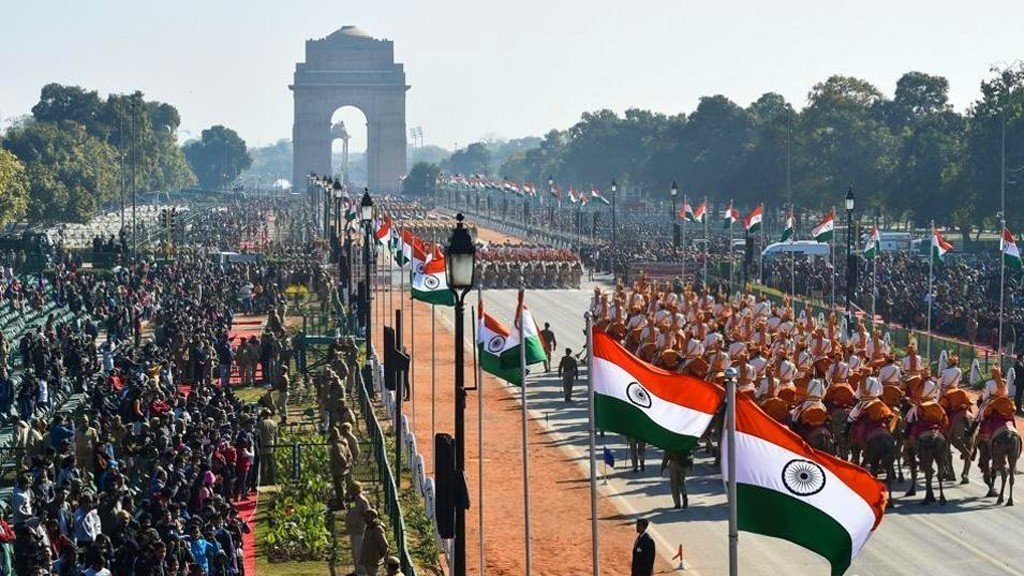
India celebrate Republic day every year on 26th January. The celebration takes place on Rajpath (from India gate to President house) in the morning. Many people ask why they celebrate Republic day? On 26th January 1950 Indian constitution came into effect after replacing Govt of India act 1935. Interestingly, British Empire were using Govt of India act 1935 to govern Indian people. When they left India had written it’s own constitution. Indeed, it was the moment of joy when India you become a democratic nation.
Moreover, India always invite Prime Ministers, Presidents, Kings of other countries as a chief guest. There are always President of India, Vice President of India, Prime Minister of India and his Cabinet along with three chiefs of armed forces ( Land, Air and Sea) Judges of Supreme court to witness historic day. importantly, in the parade you can enjoy artists from different parts of India and armed forces.
JAIPUR HOUSE
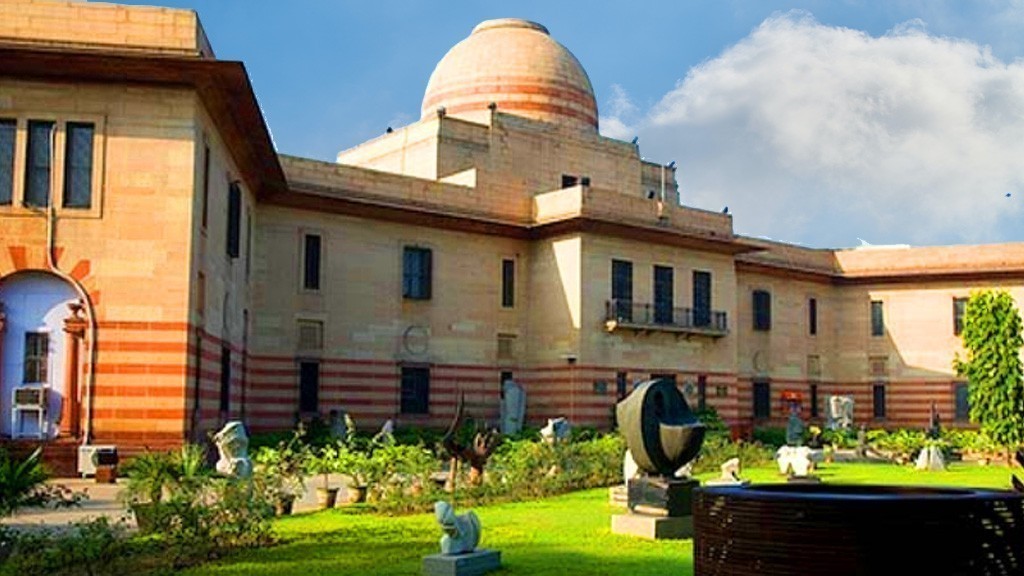
Jaipur house now “National Gallery of Modern Art” is located near India Gate. Interestingly, it was the formaer residence of Maharaja of Jaipur. When British Empire transferred Capital From Calcutta to New Delhi, lots of Indian Princes built their residences fro better communication. Jaipur House was one of them.
Moreover, They used red and cream sandstone to build Jaipur house. There is one central dome and small garden in front of house. If you are interested to watch modern art then, it is perfect place for you.
PRINCELY STATES : During the independence there were 565 Princely states. For example, Jaipur, Hyderabad, Mewar, Marwar, Jaisalmer, Travancore etc. They all ruled under British Empire. Importantly, Iron man “Sardar Vallabh Bhai Patel” united them all and merged them into India Republic.
HYDERABAD HOUSE
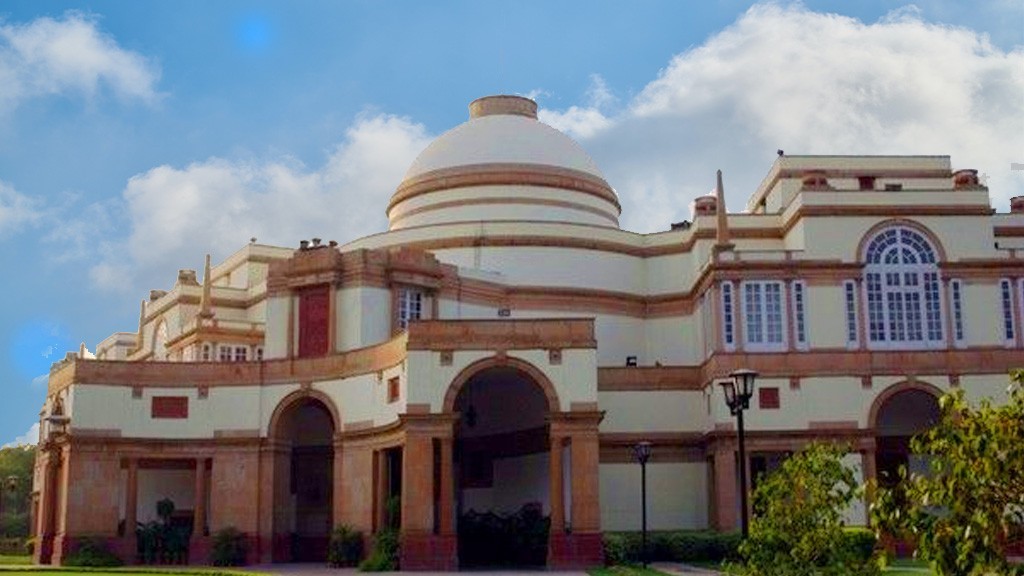
Hyderabad house is one of the most luxurious govt buildings in India. Edward Lutyen designed it for Nizam of Hyderabad during the construction of New Delhi. Interestingly, after independence Hyderabad merged into India and Govt took this building. Now they use this building as a venue for meetings all foreign dignitaries.
Moreover, there are 36 rooms including zenana rooms, one dome on the top of the building. the shape of the building is butterfly and the area is 8.77 acres. Edward Lutyen used Indo Saracenic architecture to complete the construction, while using sandstone. Indeed, it shows the rich life of Nizam of Hyderabad.
HYDERABAD STATE : Before independence Hyderabad was a state under Nizam. Surprisingly, Time magazine described last Nizam (Osman Ali Khan) as the wealthiest person on planet in 1937. Importantly, Hyderabad refused to merge with Union of India and a war broke out. Finally, Sardar Patel merged it with Union and made Nizam Rajpramukh.
SUPREME COURT OF INDIA
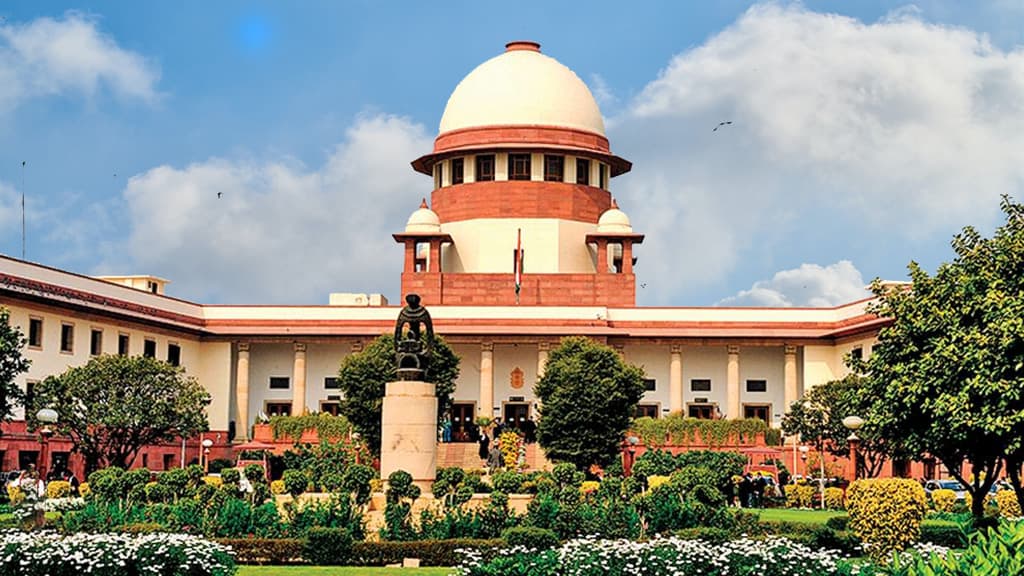
In India we have independent judiciary with Supreme court as the last court of appeal. If i talk about judiciary system, it is one unified judicial system. There are Village courts (Panchayat), Executive and revenue courts, District courts, High courts of Provinces, Supreme court. Importantly, on 28 January 1950 Supreme court came into existence and Justice H. J. Kania was first Chief Justice of India. Moreover, the strength of Supreme court of India is 33 judges.
Apart from this, Govt built the present building of Supreme court during 1954-1958. The architect of the building is Ganesh Deolalikar, who used Indo British style to design it. Interestingly, there is a central dome, which is the court of Chief Justice of India. The total number of court rooms are 15.
JUDICIAL REVIEW : In India Parliament ( Upper and Lower house ) has complete power to make, amend any law. On the other hand, Indian constitution gives extraordinary powers to Supreme court of India to strike down the Parliamentarian law. Keeping in mind it should be unconstitutional.
TEEN MURTI BHAWAN
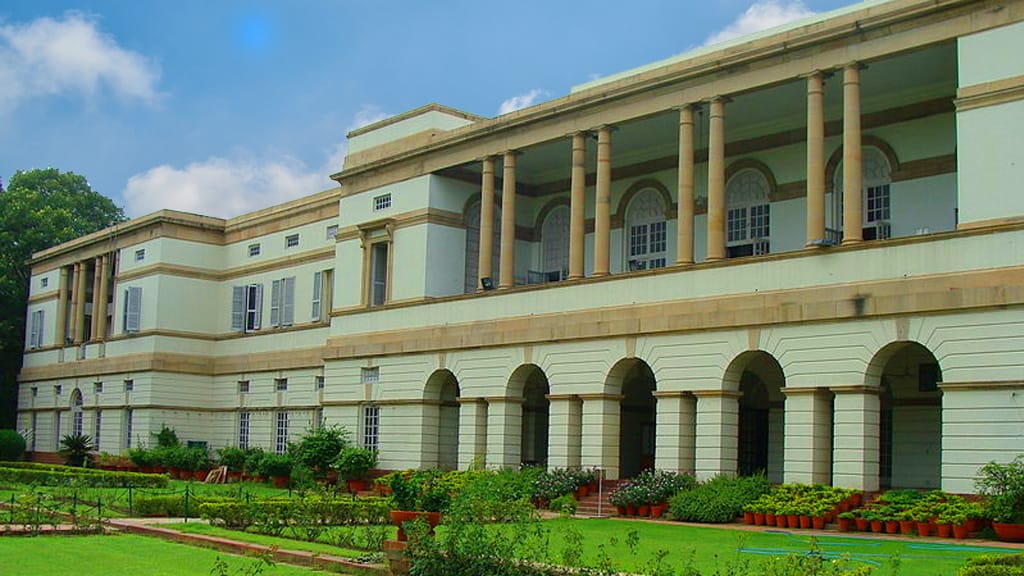
Teen murti bhawan was official residence of first Prime Minister of India “Jawahar Lal Nehru” until his death 1964. Later they converted it into Nehru Memorial to remember him. Interestingly, under the chairmanship of Dr. S Radhakrishnan President of India, they created Nehru Memorial Library, Jawahar Lal Nehru Memorial Fund, Jawahar Lal Nehru Fellowship.
Initially, they called it Flagstaff House because it was main residence of “Commander in Chief” of British Indian Army. Robert Russell designed and built it in 1930, he also designed Connaught Place, Eastern and Western court of janpath. Interestingly, there is one ancient monument also within the complex “Shikargarh” or hunting palace of Sultan Feroz Shah Tuglaq.
WHY IT CALLED TEEM MURTI BHAWAN ? There is a circle with three life size statues of soldiers in front of this building. These three soldiers are from Jodhpur State, Hyderabad State, Mysore State. Importantly, All three princely states participated along with British Army in World War I.
OTHER IMPORTANT BUILDINGS
PRIME MINISTER HOUSE : It is located in (Lok Kalyan Marg) New Delhi. Prime Minister is the head of Cabinet and responsible for running the Country.
VICE PRESIDENT HOUSE : Vice President house located near Vigyan Bhawan. He is also the Chairman of Rajya Sabha (Upper house) in the Parliament.
OFFICES OF MINISTRIES AND DEPARTMENTS : There are Krishi Bhawan, Rail Bhawan, Udhyog Bhawan, Textile Bhawan, Transport Bhawan etc. Departments of CBI, NIA, RAW, IB etc.
HEADQUARTERS OF DEFENSE : There are All the headquarters of Indian Army, Indian Air Force, Indian Navy along with Paramilitary forces.
HOUSES OF PRINCELY STATES : As we already know that there were more then 562 princely states in India. Interestingly, many built their houses in New Delhi to make communication with British Empire. Presently, All are under govt and they use it as offices.
HOUSES OF INDIAN PROVINCES : India have many provinces and every province has his house in New Delhi. For example, Uttar pradesh bhawan, Himachal Bhawan, Maharashtra Sadan etc.
RESIDENCES : In New Delhi there are residences of all members of Parliament including all heads departments and Judges.
CONNAUGHT PLACE

Connaught Place is a modern circular shopping center located in New Delhi. When British Empire Shifted the Capital they also design this huge shopping center. Robert tor Russel designed this beautiful market. Interestingly, There are there circles, Outer, Middle, and Inner. In the center there is central park with huge national flag. You can enjoy your favorite foods, as it has many restaurants and many shops to buy. Moreover, there is also one underground market, they call it Palika Bazar.
CAPITAL SHIFT CALCUTTA TO NEW DELHI
The idea to shift Capital from Calcutta was not original. According to history, Lord Lawence wanted to to shift Capital but faced opposition in Council. Lord Curzon wanted to shift Capital Calcutta to Agra, could not succeed . Finally, Imperial Durbar held in Red Fort Delhi, Where King George V announced to shift Capital to Delhi.
Moreover, The reason of choosing Delhi was it’s favorable geographical location to govern. Importantly, There were many nationalistic movements going on in Bengal. As a result, British found it difficult to govern from there.
PLACES NEAR NEW DELHI
OLD DELHI : Old Delhi is seventh city of Delhi and also Mughal Capital. You can Visit Red Fort, Jama Masjid, and Chandni Chowk there.
AGRASEN KI BAOLI : Baoli is a step well, earlier local rulers built step wells to collect rain water. It is located near Haily road.
JANTAR MANTAR : Sawai Jai Singh II the founder of Jaipur built a observatory in Delhi. there are many instruments to calculate time etc. It is located near Allahabad Bank.
RAJGHAT : Mahatma Gandhi died in 1948. Govt of India performed his last right here and later they converted it into his Samadhi.
LODHI GARDEN : This beautiful garden has many tombs of Sultans of Delhi. Apart from tomb the garden is big and beautiful.
HUMAYUN TOMB : Emperor Humayun died in old fort later his wife built a huge na beautiful red and white tomb in Delhi. It is located near Sabz burj circle.
SAFDARJUNG TOMB : Safdardarjung was the prime minister of Mughal Empire. His family built a beutiful tomb of white marble and sandstone. it is located near Arbindo marg.
HOW TO GET TO NEW DELHI
New Delhi is located near central Delhi. you can take local buses to reach here. If you want to take metro ride then Central secretariat (Yellow line) metro station is the nearest one. There is also parking space near India Gate

1 Comment